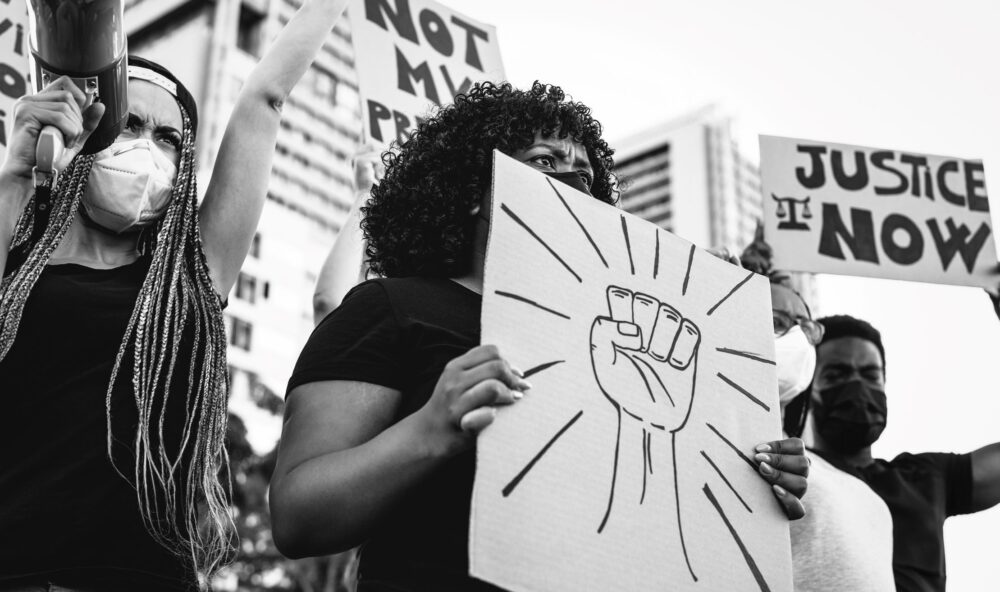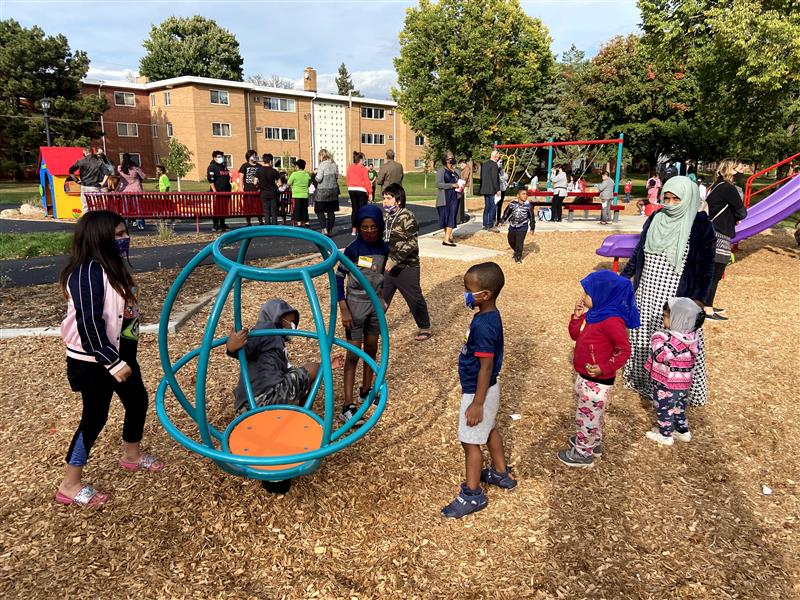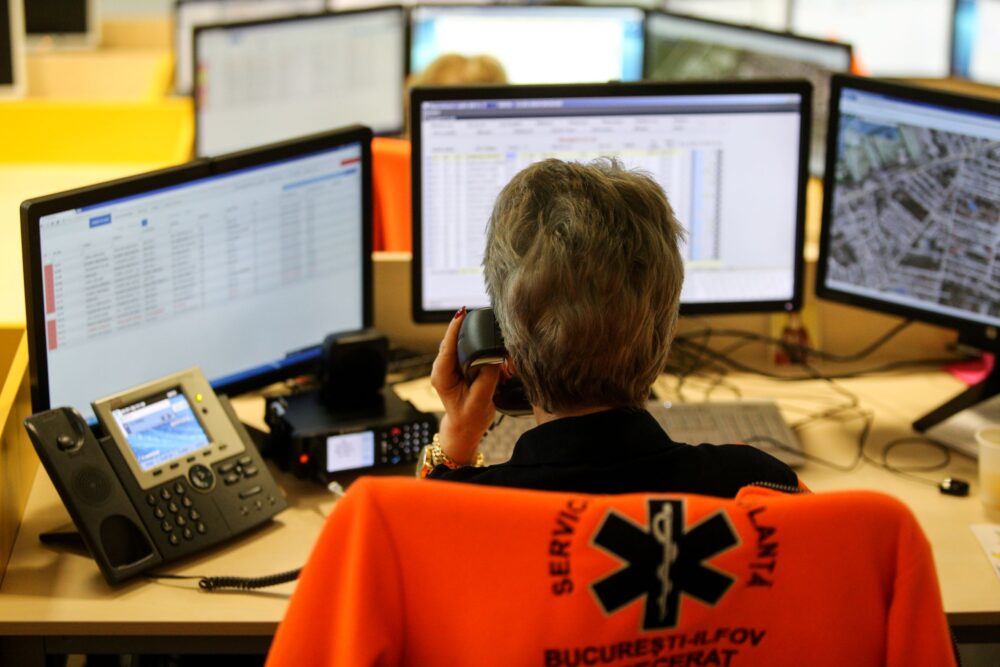
Exploring Community-Based Public Safety Solutions
In communities across the United States, mayors and other public leaders say public safety is a top priority. But those leaders face a pressing challenge: they do not have the tools they need to measure public safety in a way that accounts for what residents experience in their daily lives. Without these insights, leaders report that they do not know if their decisions — the policies they set, the funding they allocate, and the institutions they oversee — meaningfully improve public safety for residents.
Most jurisdictions maintain two separate systems to assess public safety. For performance management, public safety leaders regularly meet to evaluate crime and violence data. They use insights from these data to determine public safety priorities and plans. At the same time, many jurisdictions, often through offices of neighborhood safety or violence prevention, run deep community engagement processes. These processes capture resident perspectives and can elevate concerns on public safety that are not reflected in traditional law enforcement metrics.
The problem is that the rich qualitative data gathered from intensive resident engagement is rarely used in tandem with traditional law enforcement metrics to inform public safety management in real time. This disconnect means that the needs of the communities with the most at stake — those that are subject to high levels of violence and policing, especially Black and disinvested communities — are not sufficiently represented in the real-time public safety decision-making process, even if they participate in community engagement programs.
One way to bridge this gap is to develop and use community-based public safety indicators for public management. In this report, the Harvard Kennedy School Government Performance Lab (GPL) proposes a set of actionable indicators to measure observable changes in behavior among an often-overlooked group in public safety conversations: youth. The indicators were created for the city of Saint Paul as part of the GPL’s ongoing collaboration with Saint Paul’s Office of Neighborhood Safety (ONS). They are the result of a community-based participatory research model that the GPL co-designed with World Youth Connect (WYC), a local, youth-led, community-based organization.
To conduct this research, the GPL and WYC ran interviews and focus groups with 50 young people from Saint Paul who self-identified as highly impacted by violence. The interviews were designed to learn what makes youth feel unsafe and how their behavior would change if they felt safe, which included asking a subset of participants to rank activities by priority of what they would do more often if their neighborhood was safer. The GPL and ONS focused this research on youth because of an increase in violence involving youth in Saint Paul.
The GPL’s research finds that youth feel unsafe in their daily lives and that they significantly alter their behavior as a result. The GPL identified four common themes that capture youth experiences with safety: the need to be consistently on guard, exposure to drug use on the METRO Green Line, interacting with the police, and social media use. These findings underscore the value of listening to community members; several of the most cited causes for feeling unsafe, particularly the train, were not previously a focal point of public safety efforts. Other areas, like social media, are perceived differently by youth than community leaders, and these differences may have significant policymaking implications when it comes to public safety. Existing measures of public safety simply do not capture what youth experience in Saint Paul.
Exploring Community-Based Public Safety Solutions
Strengthening Alternative 911 Emergency Response
Strengthening Alternative 911 Emergency Response
Exploring Community-Based Public Safety Solutions
Strengthening Alternative 911 Emergency Response
Strengthening Alternative 911 Emergency Response


